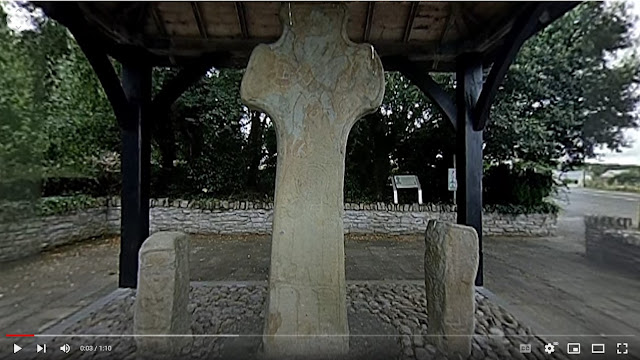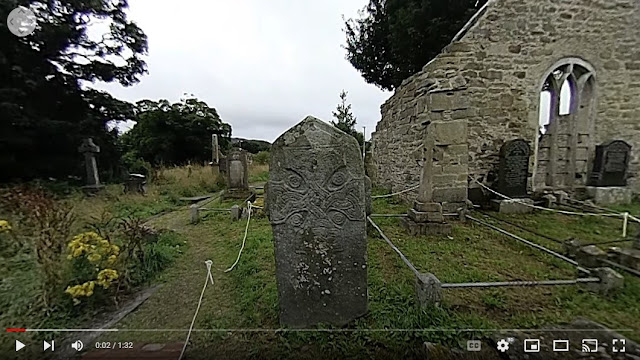Devalue the Currency! Tackling the toxicity of academic plagiarists

I don’t know who first came up with the idea of canning worms – taking, say, 500g of worms and placing them securely inside a tin can. It’s clearly a terrible product, but it has given us a really useful phrase. The idea that you can start off trying to solve a problem only to discover that it’s a whole lot worse than you ever imagined. Well … I had what I thought was a simple problem. Andrew Bevan, a lecturer at University College London’s Institute of Archaeology, had published a paper that relied in part on work that I had done, but had chosen not to give that work appropriate credit in the resulting paper. I initially thought that talking to him about it would make him see that he had done wrong and that he could be persuaded to make amends. That proved fruitless, with Bevan insisting that my work didn’t deserve to be listed in the bibliography. I took my complaint to his university who, after prevaricating, ignoring, and general gaslighting, found that his actions didn’t meet the





